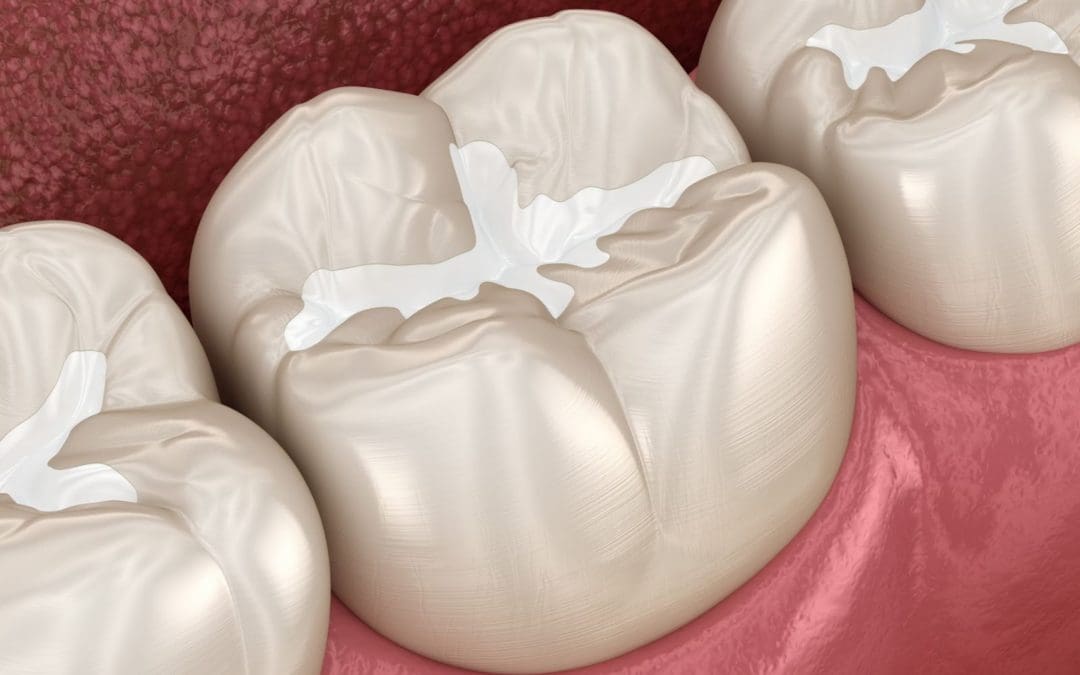Dental decay remains one of the most prevalent chronic childhood diseases in the U.S.
According to the CDC, 20% of children ages 5-11 and 13% of adolescents ages 12-19 have at
least one untreated decayed tooth. Children with recurrent decay or early childhood caries are
more likely to suffer from nutritional issues, speech problems, insomnia, and focusing in the
classroom.
Dental sealants are thin, biocompatible acrylic coatings that are applied to the chewing surfaces
of the teeth – especially teeth in the back of the mouth that are sometimes difficult to reach with a
toothbrush. These teeth often have deep ridges which are susceptible to trapping food particles
and harboring bacteria growth. Sealants “seals” off these deep ridges to prevent food particles
and bacteria from getting trapped and causing cavities. According to a 2016 CDC study, dental
sealants prevent 80% of cavities in the back teeth where 90% cavities develop.
Sealants are among the most effective measures to combat dental decay in high-risk children.
These include children who consume a lot of sticky, sugary foods, have deep grooves in their
molars, and have poor oral health hygiene habits. Children with special needs that make dental
hygiene and healthy diet more challenging are also good candidates for sealants. It is a simple,
non-invasive, pain-free, and sensitive-friendly procedure that we can do at the conclusion of your
routine cleaning appointment. Ideally, sealants should be placed immediately after the eruption
of the first molars (around age 6) and second molars (around age 12). Most insurance plans
provide full coverage for sealants under the age of 18. Sealants are not permanent but can last
between 3-10 years and can help get your child’s teeth through the most vulnerable period when
they are most susceptible to decay. Clenching/grinding, acid reflux and a highly acidic diet can
cause the sealants to break down faster

